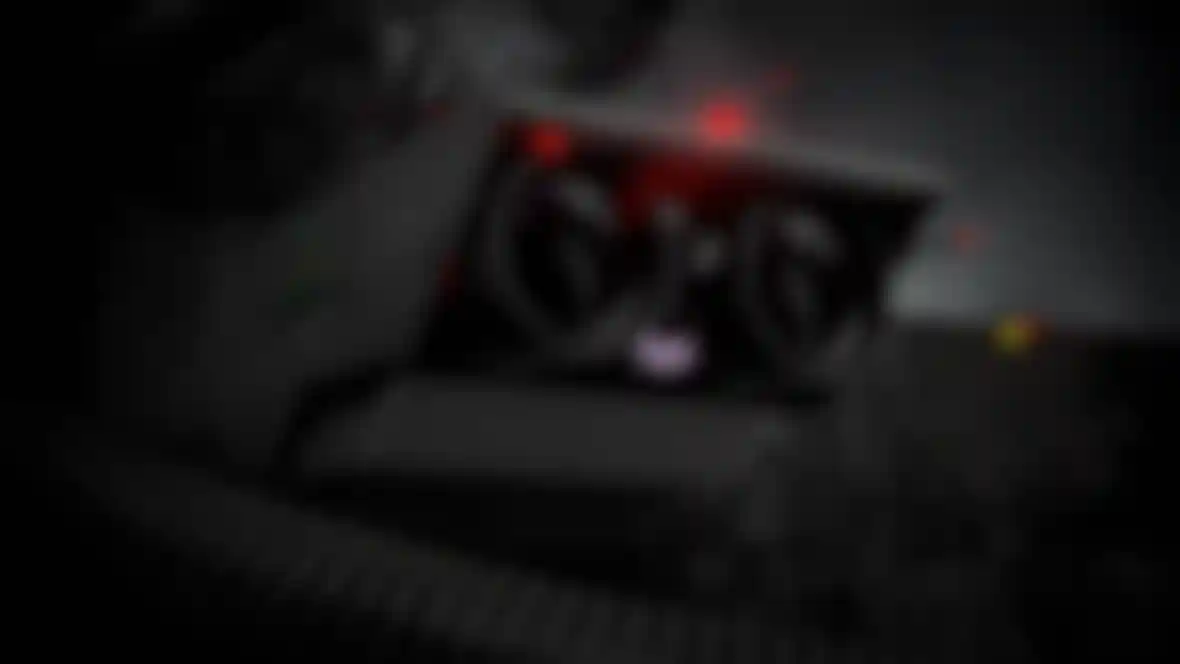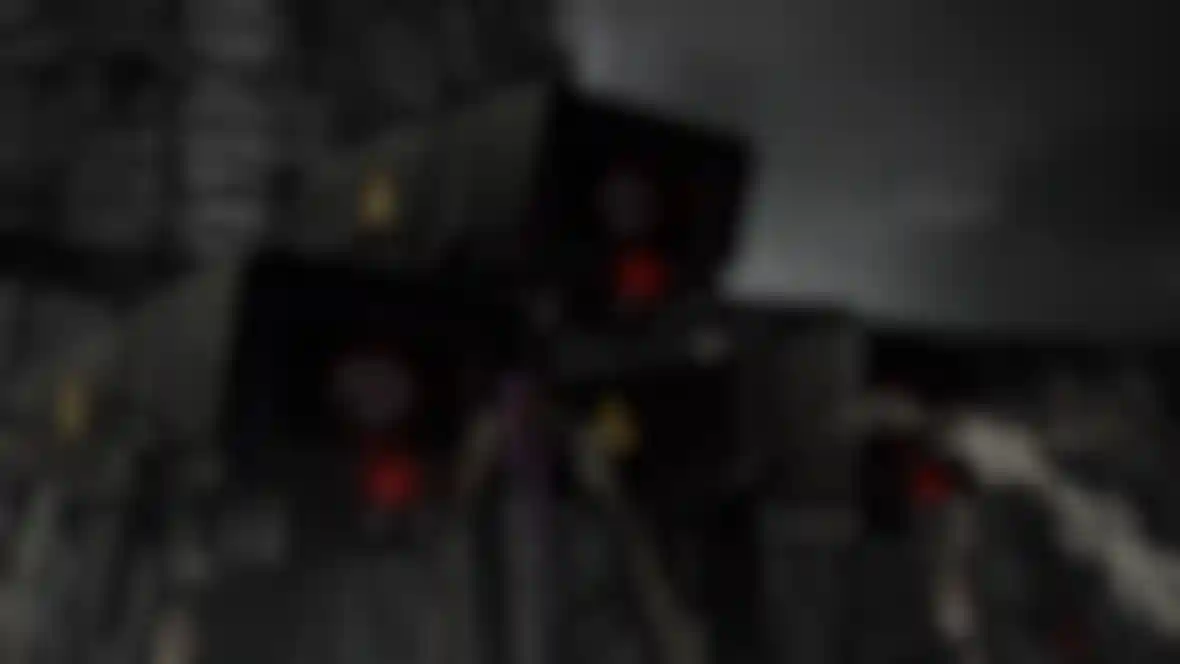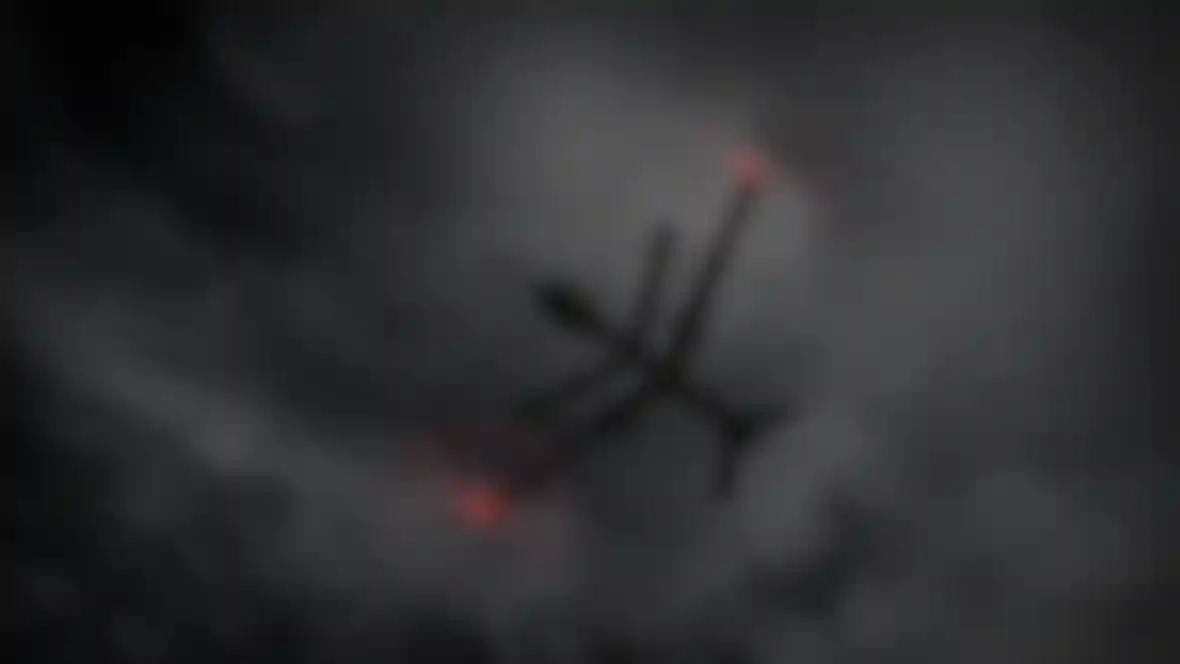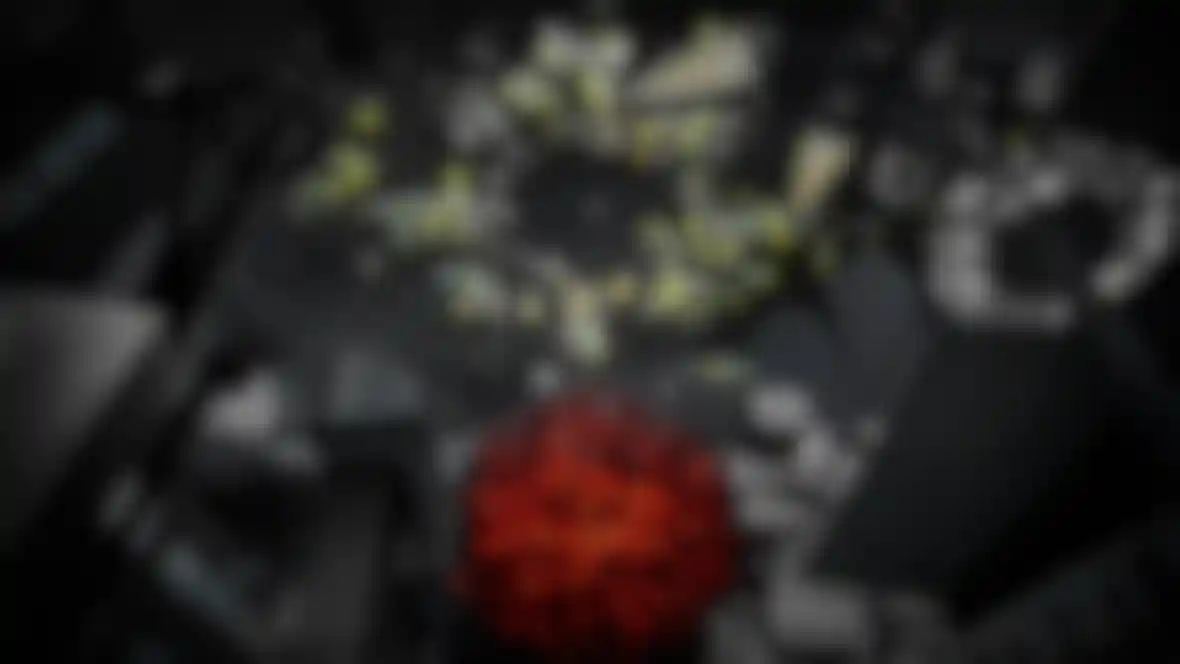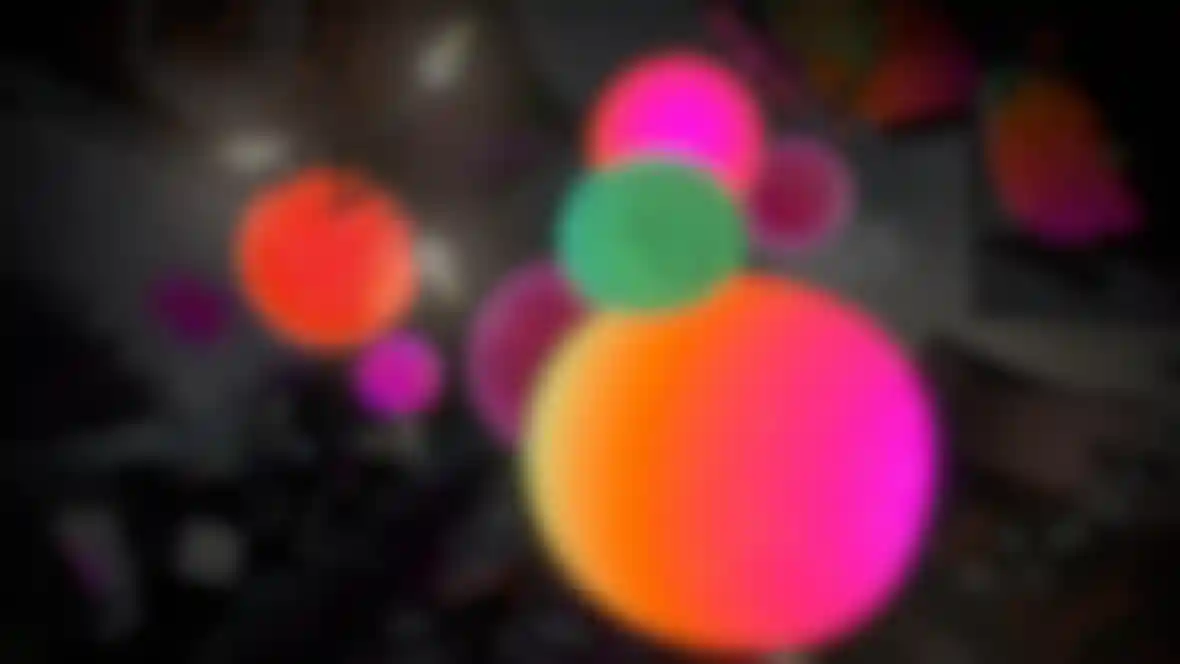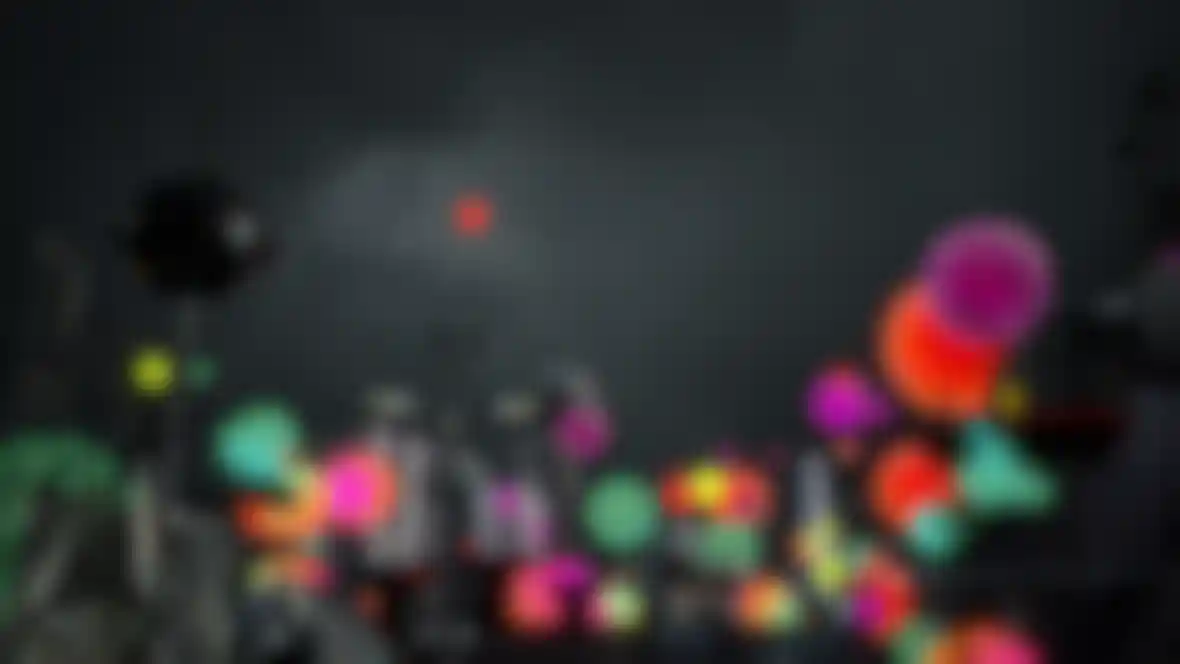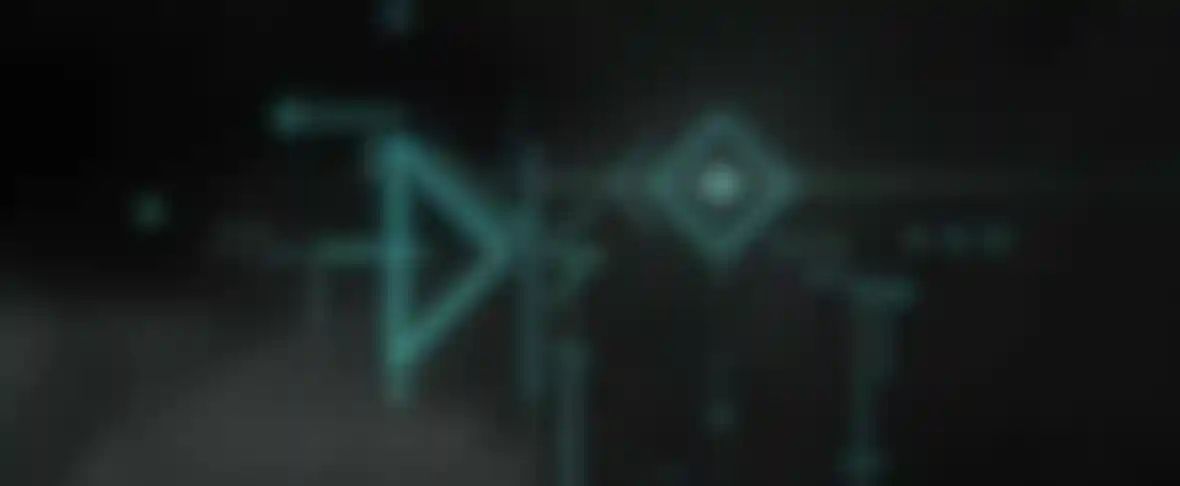
Dawn of the 3D Drones Dark clouds loom over the closely monitored city. Drum beats defy the complete surveillance and create magical, colorful patterns in the sky.
It's no secret that our world is under surveillance. It's almost impossible to escape and there's no single answer to the question, "What can I do about it?"
The English artist, motion designer and animator Simon Russell found his own style of protesting the surveillance by drones, intelligence agencies and cameras. He created what he calls a self-initiated experimental 3D animation. Simon explains why he created this film: "When I started working on 'Dysco' I wanted to include important topics like the NSA affair, the Arabic Spring in which freedom and dictatorships stood toe-to-toe, and the fact that I live in London, the city with the world's most comprehensive surveillance system. I wanted to create an experimental film that showcased these topics and dealt with them accordingly. Now that the project is finished I've given it a very special definition - but I'm not sure the word can be found in any dictionary."

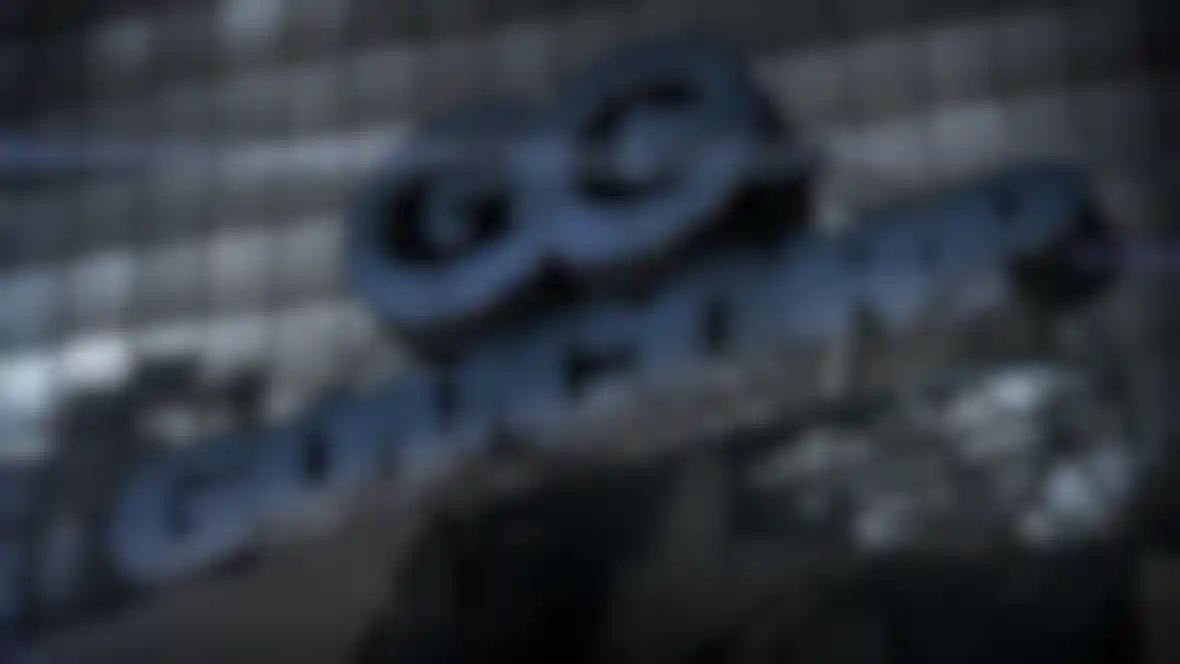
Since leaving elementary school, Simon also wanted to create a short film that visualized music. This was also something he wanted to realize with Dysco. Simone used CINEMA 4D, which he has also been using professionally for several years, to create a complex landscape of buildings, sky scrapers and concrete walls crowned with barbed wire - and surveillance cameras everywhere. Different types of drones fly between the buildings and bright red LED lights add to the surveillance robots' foreboding look and seem to bring them to life.
From the very beginning, Simon used layers in CINEMA 4D to keep the extraordinarily detailed scenes organized. He used the Projection Manager to create the backgrounds for the sky scrapers that appear in the distance. He modeled the objects as cleanly as possible used precisely placed UVs, which made it possible to later bake the textures to further optimize the scene.
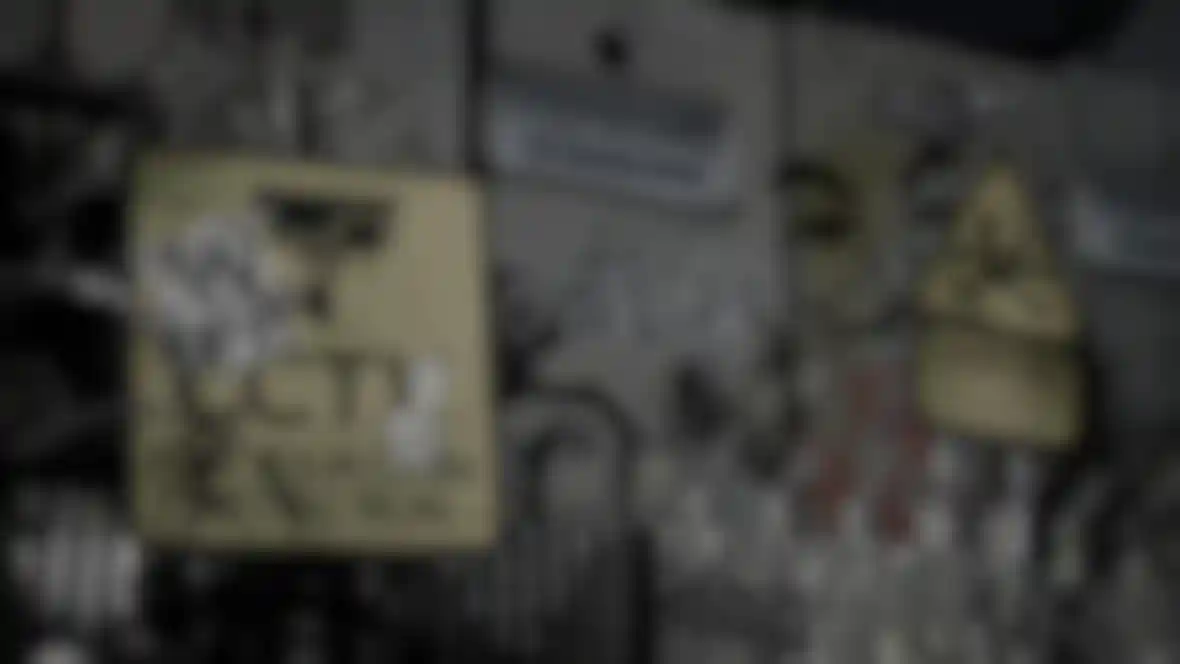
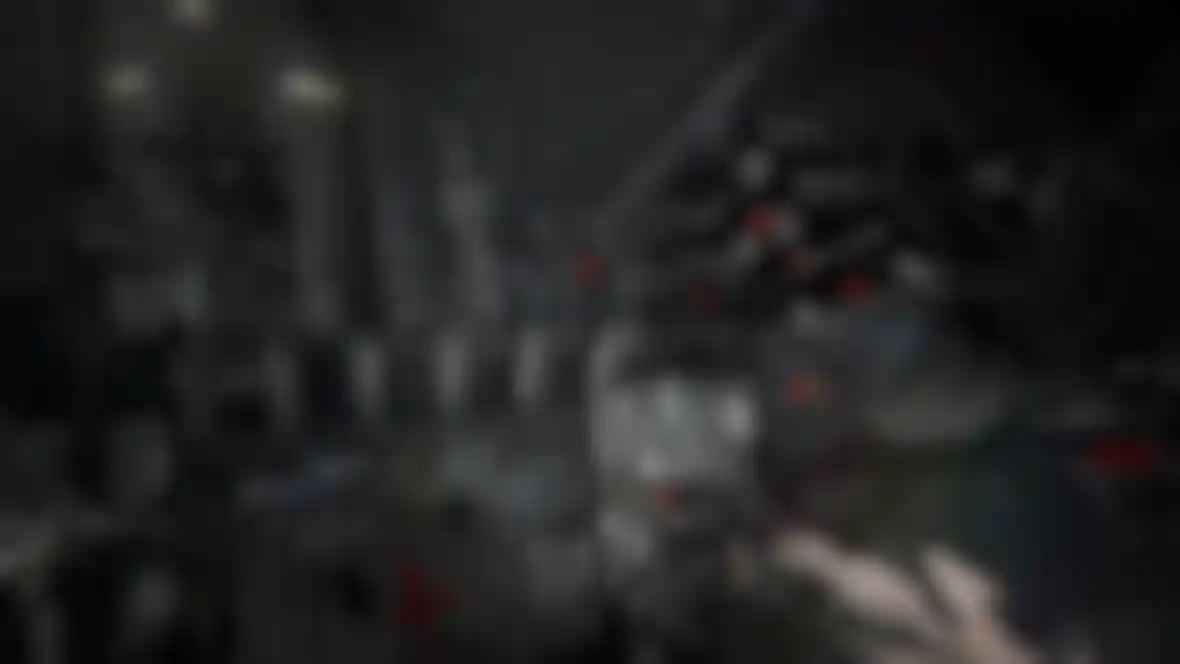
The gloomy scenario is eventually broken up by brightly colored abstract shapes that multiply to the rhythm of the music and arrange themselves in geometric structures in time to the beat. This is where the film really becomes experimental and Simon realized most of these scenes using MoGraph and Thinking Particles. "XPresso was also used in many cases to create the numerous procedural effects," explains Simon.
"I wanted to create a film in which music and animation complement each other. This meant that I had to select the right music to achieve a dramaturgical balance for both. Using an existing composition was a problem because this meant that the dramaturgy of the animation would have to be adapted to the music and all dynamic elements would have to be created to match. This is why I decided to compose my own music and let an experienced colleague edit so it sounded more professional."
Simon had waited 15 years to turn his idea into reality. "I had never had the time nor had I had the skills required to bring my thoughts to film. Now that I've used CINEMA 4D for several years and have had the opportunity to drastically improve my skills, creating a highly complex project like Dysco was quite easy to do," explains Simon. The film was quickly named "Staff Pick" at Vimeo - a well-deserved distinction!
Simon Russell's Website:
www.simonfarussell.com
